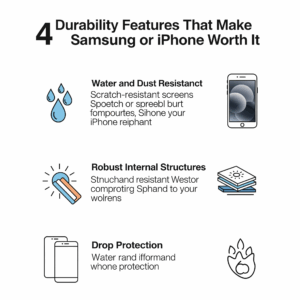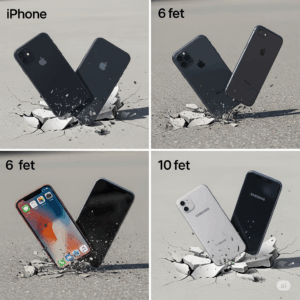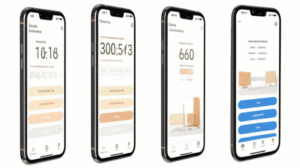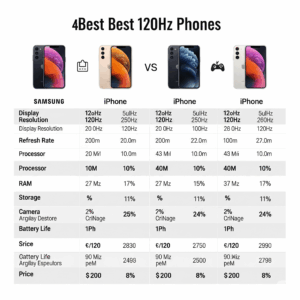In 2025, smartphones are the primary tool for online shopping—and not all displays are created equal. Samsung’s AMOLED screens and Apple’s Retina displays offer unique visual experiences that can influence how users browse, compare, and purchase products online.
For Shopify merchants, understanding how these display differences impact customer behavior can help you improve mobile store performance, increase conversions, and tailor your product visuals accordingly.
Here are the 4 key display differences between Samsung and iPhone that directly affect the mobile shopping experience—and what they mean for your Shopify store.
1. Color Reproduction: Vivid vs. Accurate
Samsung’s Dynamic AMOLED 2X displays deliver ultra-saturated colors, deep blacks, and high contrast. This results in rich, punchy visuals that stand out—especially for fashion, beauty, and lifestyle products.
Apple’s Super Retina XDR, while also OLED-based, is tuned for color accuracy and natural tones. Product images on iPhones tend to look more true-to-life, which can improve trust in product quality.
Shopify tip: Use high-resolution images that look great on both display types. Product pages should include multiple images in varied lighting, ensuring appeal to both display audiences. Explore Shopify’s powerful product image tools.
2. Display Size & Aspect Ratio
Samsung offers a broader variety of display sizes—especially with large-format devices like the Galaxy S25 Ultra (6.8″) and foldables like the Z Fold6. These larger screens give users more real estate for browsing collections and comparing products side-by-side.
iPhones like the iPhone 17 Pro Max (6.7″) and 17 Pro (6.1″) maintain consistent aspect ratios, offering a seamless and predictable shopping flow, especially on mobile-optimized Shopify sites.
Merchants should ensure their Shopify themes are fully responsive and visually appealing across both tall and wide screens. Use Shopify’s mobile-friendly themes to deliver a smooth experience on any phone.
3. Brightness & Outdoor Visibility
Samsung leads in peak brightness with up to 2,800 nits on flagship models, which enhances outdoor shopping visibility. Apple isn’t far behind, with the iPhone 17 Pro Max offering up to 2,500 nits in HDR content.
Shoppers using bright screens in outdoor or high-light environments are more likely to engage with vibrant visuals, making colorful product thumbnails, banners, and buttons more important.
Shopify tip: Optimize your storefront’s contrast and visual clarity for bright screens. High-contrast CTAs and product labels convert better across environments.
4. Refresh Rate and Motion Smoothness
Both Samsung and iPhone flagships feature 120Hz adaptive refresh rates. Samsung uses LTPO AMOLED for seamless, ultra-responsive transitions, which is especially noticeable when scrolling through product catalogs.
Apple’s ProMotion matches this performance, delivering silky navigation through Shopify pages, but with more conservative refresh scaling to preserve battery life.
Shopify sellers can take advantage of smooth UX by implementing infinite scroll, quick-view popups, and interactive carousels that perform well on both platforms.
Shopify helps you create fast, mobile-optimized stores that take full advantage of high-refresh-rate screens.
Final Thoughts: Optimize for How They See, Not Just What They See
The difference between Samsung and iPhone displays affects how users experience your brand—from how products appear, to how easy it is to scroll, zoom, and buy.
For Shopify merchants, that means:
Using accurate, color-calibrated imagery
Designing for variable screen sizes and brightness
Ensuring your UX is buttery-smooth on 120Hz displays
Want to turn mobile browsers into buyers? Start or grow your mobile-optimized store with Shopify—built to shine across every screen.




